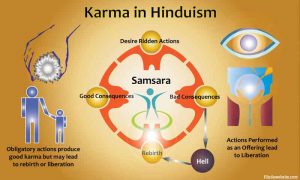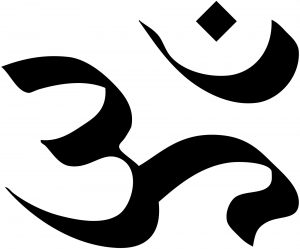Cotard’s syndrome (also known as Cotard’s delusion) is an extremely rare condition in which patients believe that they—or parts of their body—are dead.
In 1788, the earliest recorded case of this puzzling disorder, an elderly woman was preparing a meal when she suddenly became paralyzed on one side of her body (a condition we would now probably characterize as a stroke). However, at the time, the woman was convinced that she was dead. She demanded that her daughters treat her as a corpse, and they eventually humored her. They wrapped her in a shroud, and displayed her publicly so that people could “mourn” her. After her “wake,” her family tried to treat her with opium and other eighteenth-century medications, but her delusions never fully went away.

Jules Cotard, who first described the disease and who it is named after. Source: Wikipedia
About a century later, in 1882, French neurologist Jules Cotard finally coined the description of this disorder, which was then named after him. He encountered a patient he dubbed “Mademoiselle X,” who complained that she had “no brain, no nerves, no chest, no stomach and no intestines.” She refused to eat, because she believed she didn’t have innards anyway, and eventually starved to death. Cotard was so puzzled that he published this case widely in journals, and his description of Mademoiselle X’s condition became an influential, foundational text on this bizarre disorder.
Today, hundreds of years after the first report of the condition, we are still baffled by Cotard’s syndrome. We don’t have a clear understanding of its etiology or pathophysiology. We do know, though, that afflicted people can recover, with the right combination of electroconvulsive treatment (ECT) and pharmacological treatment (usually antipsychotics, antidepressants, and mood stabilizing drugs).
In 2008, for example, a 53-year-old patient called Ms. Lee complained that she was dead and smelled like rotting flesh. She asked her family to take her to a morgue so that she could be with other dead people. Her symptoms were severe; however, after a month of a strict drug regimen in conjunction with ECT, she greatly improved, and now functions normally.
So what is Cotard’s syndrome? What causes it? Why does it afflict the people it afflicts? We don’t have answers yet, but that just means there’s a lot of fascinating work to do in this area. Considering the disorder in the context of our class renders it even more intriguing. For instance, connecting this to our discussions about the importance of mortuary rituals, we can ponder what it would be like to perform these rituals for someone who believes she is dead, but isn’t. If she were your family member or loved one, how would you feel? What new significance or symbolism would the execution of this ritual take on?
References:
Ruminjo, Anne, and Boris Mekinulov. “A Case Report of Cotard’s Syndrome.” Psychiatry (Edgmont). Matrix Medical Communications, June 2008. Web. 24 Mar. 2017. https://www.ncbi.nlm.nih.gov/pmc/articles/PMC2695744/
Berios, G.E., and R. Luque. “Cotard’s Delusion or syndrome?: A Conceptual History. “Cotard’s Delusion or Syndrome?: A Conceptual History.” Comprehensive Psychiatry, May-June 1995. Web. 2 Mar. 2017.
http://www.sciencedirect.com/science/article/pii/0010440X9590085A


